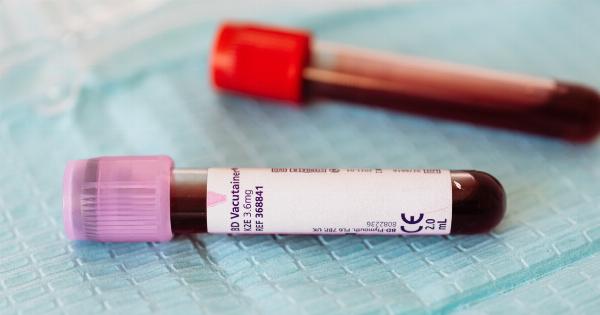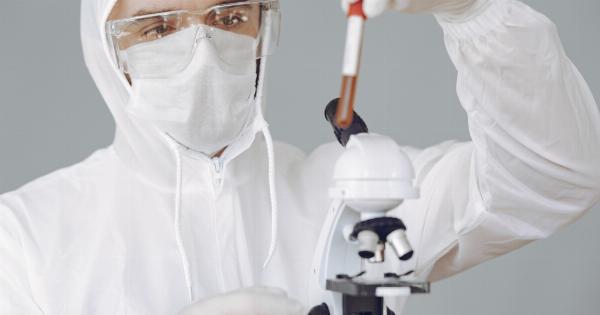Thrombosis is a serious medical condition that can have severe consequences if not diagnosed and treated promptly. It occurs when blood clots form in the veins or arteries, obstructing the normal blood flow.
This can lead to various complications, including deep vein thrombosis (DVT), pulmonary embolism, and stroke. To avoid falling victim to this potentially life-threatening condition, it is crucial to stay informed about thrombosis and take necessary precautions.
This article aims to provide you with valuable insights into thrombosis, its causes, symptoms, and preventive measures.
Understanding Thrombosis
Thrombosis is a medical term used to describe the formation of blood clots that obstruct the normal flow of blood through the circulatory system. It can occur in both veins and arteries, affecting different parts of the body.
The most common types of thrombosis include deep vein thrombosis (DVT), venous thromboembolism (VTE), arterial thrombosis, and cerebral venous sinus thrombosis.
Causes of Thrombosis
Several factors can contribute to the development of thrombosis. Some of the most common causes include:.
- Physical inactivity or immobility
- Prolonged bed rest or hospitalization
- Surgery, especially major surgeries like orthopedic procedures
- Pregnancy and postpartum period
- Obesity or excessive weight gain
- Smoking
- Use of hormonal medications, such as birth control pills
- Certain medical conditions, including cancer, heart failure, and autoimmune diseases
It’s important to note that thrombosis can affect anyone, regardless of age or gender. However, certain individuals may be at a higher risk, such as those with a family history of blood clots or individuals with a sedentary lifestyle.
Recognizing the Symptoms
The symptoms of thrombosis vary depending on the location of the blood clot. Common signs and symptoms to watch out for include:.
- Pain, tenderness, or swelling in the affected area
- Warmth and redness over the affected area
- Sudden shortness of breath or difficulty breathing
- Chest pain or discomfort, especially when breathing deeply or coughing
- Unexplained coughing, sometimes with blood
- Severe headache or visual disturbances
- Dizziness or loss of consciousness
- Weakness or numbness in the face, arm, or leg, particularly on one side of the body
If you experience any of these symptoms, it is crucial to seek medical attention immediately, as prompt treatment can significantly reduce the risk of complications.
Prevention and Risk Reduction
While thrombosis can be a serious health concern, there are several preventive measures you can take to lower your risk. Here are some key recommendations:.
- Stay active and incorporate regular exercise into your routine, especially if you have a sedentary lifestyle
- Avoid prolonged periods of inactivity, such as sitting or standing for long durations
- If you’re on bed rest or have limited mobility, consult your doctor about preventive measures like leg exercises and the use of compression stockings
- Follow a healthy diet to maintain a healthy weight and avoid excessive weight gain
- Avoid smoking and second-hand smoke
- If you’re on hormonal medications, discuss the risks and benefits with your healthcare provider
- Stay well-hydrated by drinking plenty of fluids
- If you’re at high risk of developing thrombosis, your doctor may recommend anticoagulant medications or blood thinners
- Wear compression stockings during long flights or car journeys to promote circulation
By adopting these preventive measures, you can significantly reduce your risk of developing thrombosis and its associated complications.
Conclusion
Thrombosis is a serious medical condition that requires prompt diagnosis and treatment. By staying informed about the causes, symptoms, and preventive measures of thrombosis, you can protect yourself and reduce your risk.
Remember to seek medical attention if you experience any symptoms or if you’re concerned about your risk of developing thrombosis. Stay active, maintain a healthy lifestyle, and follow your doctor’s advice to ensure your wellbeing.




























